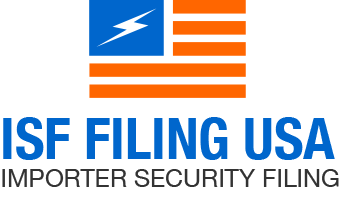The Bill of Lading (BoL) is a crucial document in the world of international trade and freight forwarding. It serves as a contract between the shipper and the carrier, a receipt of goods, and a document of title. Understanding the terms and definitions related to the BoL and ISF filing is essential for anyone involved in the import and export business.
In the following sections, we will delve into the intricacies of the BoL, its types, its role in ISF filing, and the key terms and definitions related to it. We will also explore the implications of these terms for importers, exporters, and freight forwarders.
Understanding the Bill of Lading
The Bill of Lading is a legal document issued by a carrier to a shipper, acknowledging the receipt of goods for shipment. In maritime law, it is viewed as a contract of carriage and serves multiple purposes in the process of shipping goods from one place to another.
As a contract of carriage, the BoL outlines the terms and conditions under which the goods are transported. It details the type, quantity, and destination of the goods, making it an essential document for all parties involved in the shipping process.
Types of Bill of Lading
There are several types of BoL, each serving a specific purpose and used under different circumstances. The most common types include the Straight Bill of Lading, Order Bill of Lading, and Seaway Bill of Lading.
The Straight Bill of Lading is non-negotiable and is used when the goods are paid for in advance. The Order Bill of Lading is negotiable and is used when the goods are sold on credit. The Seaway Bill of Lading is used for sea shipments and does not require a physical copy to be presented for the goods to be released.
Importance of the Bill of Lading
The BoL is crucial in international trade as it serves as proof of the contract of carriage and receipt of goods. It also provides evidence of the terms and conditions of the carriage, which can be crucial in case of disputes or claims.
Moreover, the BoL is a document of title, meaning it provides the holder the right to claim the goods from the carrier. This is particularly important in transactions where the goods are sold while in transit.
ISF Filing and the Bill of Lading
ISF, or Importer Security Filing, is a requirement by the U.S. Customs and Border Protection (CBP) for all cargo arriving in the United States by ocean vessel. The ISF must be filed at least 24 hours before the cargo is loaded onto the ship at the port of origin.
The BoL number is a key piece of information required in the ISF. It is used by the CBP to track and monitor cargo, ensuring compliance with import regulations and security measures.
Key ISF Filing and Bill of Lading Terms
There are several key terms related to ISF filing and the BoL that importers, exporters, and freight forwarders should be familiar with. These include the Master Bill of Lading (MBL), House Bill of Lading (HBL), Consignee, and Notify Party.
The MBL is issued by the main carrier of the goods (usually a shipping line) to the freight forwarder or NVOCC (Non-Vessel Operating Common Carrier). The HBL is issued by the freight forwarder or NVOCC to the actual shipper of the goods. The Consignee is the party to whom the goods are consigned, while the Notify Party is the person or entity to be notified about the arrival of the goods.
Master Bill of Lading (MBL)
The Master Bill of Lading (MBL) is a document issued by the main carrier of the goods to the freight forwarder or NVOCC. It serves as a receipt of the goods and outlines the terms and conditions of the carriage.
The MBL is a crucial document in the shipping process as it provides proof of the contract of carriage and serves as a document of title. It is also used in the ISF filing process.
House Bill of Lading (HBL)
The House Bill of Lading (HBL) is a document issued by the freight forwarder or NVOCC to the actual shipper of the goods. It serves a similar purpose as the MBL but is used in transactions involving a freight forwarder or NVOCC.
The HBL is also used in the ISF filing process and is crucial for tracking and monitoring the shipment of goods.
